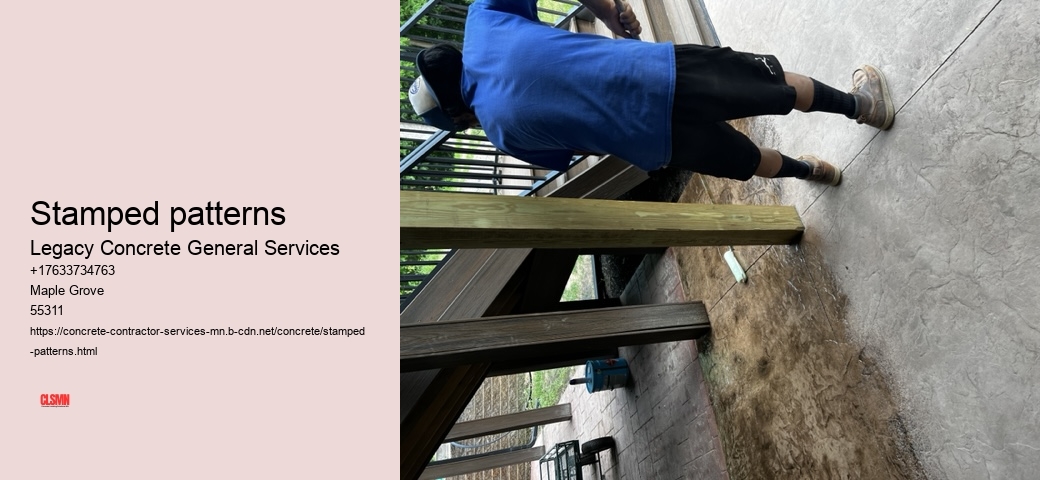Stamped patterns are a fascinating aspect of human creativity and design, blending functionality with aesthetic appeal. These patterns, often crafted through the process of imprinting or stamping onto surfaces, have been used for centuries in various cultures to convey beauty, meaning, and identity. Whether found on textiles, ceramics, metals, or even paper, stamped patterns create a visual rhythm that speaks to both tradition and innovation.
The technique of stamping involves pressing a carved or molded object onto a surface to create repetitive designs. This method allows for uniformity while still retaining an element of uniqueness in every impression. Historically, stamped patterns were widely used across different civilizations. In ancient Mesopotamia, artisans employed cylinder seals to roll intricate designs onto clay tablets. Similarly, in traditional Indian block printing, wooden stamps are intricately carved by hand and pressed onto fabric to produce vibrant motifs.
Stamped patterns serve multiple purposes beyond mere decoration. They can signify cultural heritage or community identity. For example, African textiles like kente cloth often feature symbolic stamped patterns that recount stories or represent social values. In Japan, the art of “katazome” uses stencils and resist dyeing techniques to produce elaborate repeating designs on fabrics such as kimonos.
But stamped patterns are not confined to historical traditions; they continue to thrive in modern contexts as well. Designers today use stamping methods in fashion, home décor, and graphic arts to add texture and depth to their creations. The versatility of this technique allows it to adapt seamlessly into contemporary aesthetics while preserving its timeless appeal.
One reason for the enduring popularity of stamped patterns is their accessibility. Unlike other forms of decorative art that may require extensive training or expensive equipment, stamping is relatively straightforward and cost-effective.
Stamped patterns - Slab
- Form
- Drainage
- Decorative
- Construction
Furthermore, the repetitive nature of stamped patterns has a psychological allure. Repetition fosters harmony and balance within a design while also evoking feelings of order and predictability-a soothing contrast in our often chaotic world.
Stamped patterns - Slab
- Epoxy
- Lawn Care
- Patio
- Driveway
In addition to their artistic qualities, stamped patterns have practical applications too.
Stamped patterns - Slab
- Texture
- Decorative Concrete
- Landscapers
- Slab
However simple they may appear at first glance; there is profound complexity behind what makes stamped patterns so captivating-each line etched into history continues connecting humanity's creative past toward future possibilities where personal expression intertwines timeless craftsmanship!
